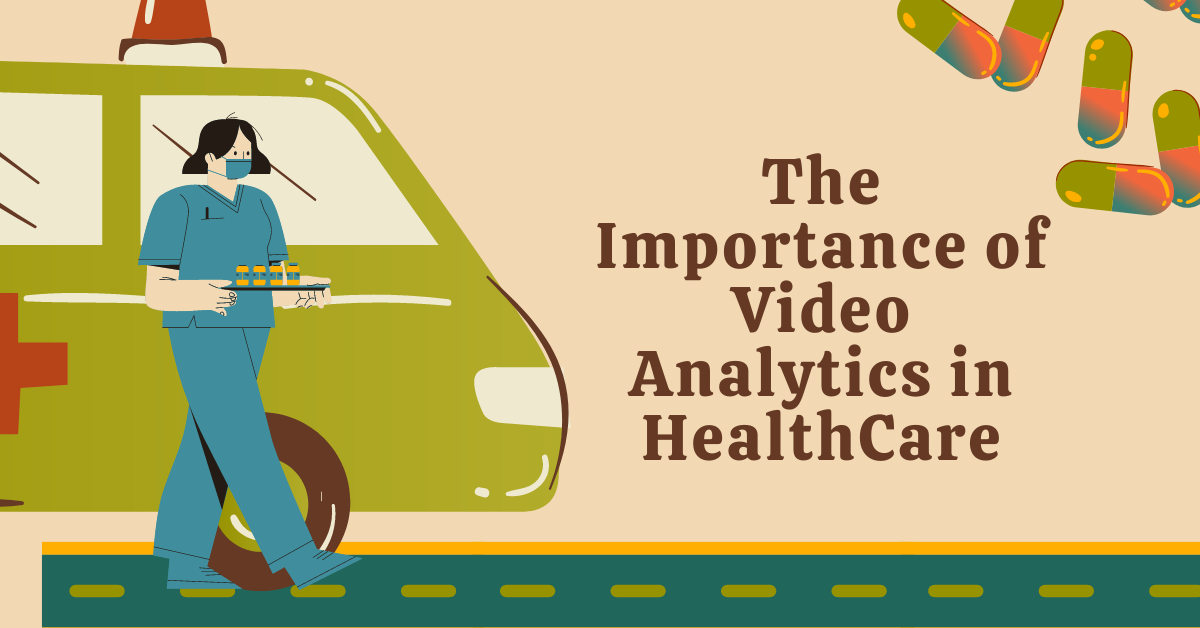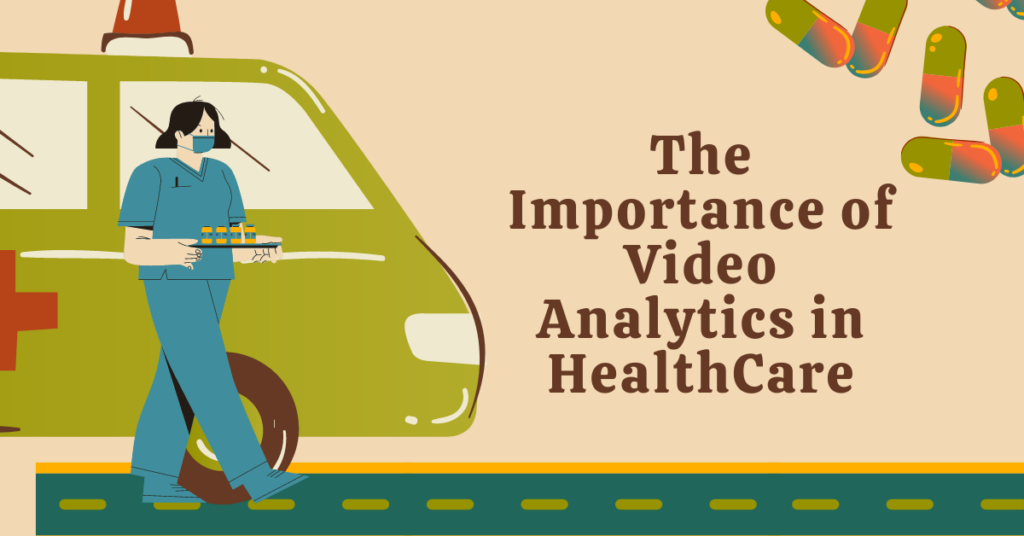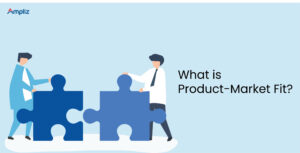
The importance of the use of video analytics in healthcare cannot be overstated whether used for the improvement of patient care or as a tool for mitigating security risks. This extraordinary technology can contribute to increasing security for staff and patients alike. Undoubtedly, recent events like the COVID-19 pandemic or violence in healthcare facilities have rendered the creation of a safe environment more challenging than in the past.
The introduction of Artificial Intelligence-based security measures such as video analytics offers the possibility to add another layer of risk prevention and protection for staff, patients, and property.
The importance of video analytics to security
Even before Covid-19, the U.S. Bureau of Labor Statistics reported that healthcare professionals faced increasing threats of workplace injuries and illness because of violence. As a result of the growing number of risks, the U.S. House of Representatives passed legislation in 2021 entitled the “Workplace Violence Prevention for Health Care and Social Service Workers Act”.
This bill not only centered on policies for reporting and responding to violence in hospitals and healthcare facilities but also included measures for mitigating these threats. Measures such as video surveillance offer the possibility of prevention rather than after-the-fact responses.
Every day, hospital and clinic administrators face new and multiple security challenges. The thought of guards roaming hospital corridors is as negative as it is inefficient. Luckily, many technological advancements contribute significantly to ensuring safety in healthcare facilities and video analytics are one tool that merits serious attention.
Traditional video security systems work only if the video images are monitored 24/7 by trained security personnel. The amount of video data generated would require significant manpower at considerable expense. The usefulness of video cameras is also reduced if only monitored passively.
The primary objective of video analytics is to harness and transmit information in real time. Thanks to video analytics integrated into institutional security systems, healthcare administrators can benefit from advanced warnings of potential threats within facilities and on the premises.
However, not only do traditional security procedures benefit from this technology. Trends in behavioral analysis, congestion analysis, object detection, classification, and tracking offer administrators an impressive tool for a myriad of organizational security needs.
Advanced video technology can contribute to:
- Using facial recognition as electronic credentials
- Alarm systems should an emergency arise
- Detecting unidentifiable or abandoned objects and materials
- Monitoring traffic flow
- Using virtual memory for record-keeping
- Assisting in resolving false accusations
- Saving money on security personnel
This technology can easily be integrated into a single interface and database that is cloud-based eliminating the need for hardware that requires space, maintenance, and security inside the healthcare facility.
Where video analytics can be crucial to improved safety
The use of video analytics is not merely about monitoring who enters and exits. There are several areas where these analytics can determine a safe professional environment such as:
- Reducing violence and crime in the workplace
- Improving the safety of patients
- Preventing thefts
- Securing hospital or clinic premises
- Searching for missing patients
Reducing violence and crime in the workplace
Video analytics can be specifically used as entry credentials, eliminating cards, keys, or fobs that can be misused or lost. The integration of facial recognition into systems using commercial access control locks not only increases facility protection but a video record of traffic to all areas is recorded.
Integrated facial recognition analytics using databases of known offenders can protect access points from undesirable and unauthorized visits by violent individuals or sexual predators. These analytic capabilities can be used to protect strategic areas in healthcare facilities like where children are treated or the locations of pharmacies where narcotics are kept.
Covid-19 determined the need to wear facemasks to mitigate transmission of the virus. It fell to healthcare employees to ensure this mandate was respected which led to confrontations. Video analytics can eliminate the need for employees to monitor visitors and patients in such situations. The system can alert administrators or security personnel or even restrict entrance to a facility when regulations are not complied with.
Furthermore, AI generators video analytics can be used to detect aggression and potentially violent behavior. Security teams and law enforcement will be alerted in real-time to facilitate a rapid response intervention.
Improving the safety of patients
Safety in healthcare facilities is a priority for administrators. Patients come to heal, and safety should not be a concern for patients and their families. During a patient’s recovery, proper aeration, heating and cooling, and hygienic conditions must be guaranteed. Protection from further injury is generally considered to be a given, but falls, slips, and injury due to confusion nonetheless result among common risks, especially for patients in nursing facilities.
Safety is just as important as treatment. Injuries during a hospital or nursing home stay may result in more serious health issues. Legal action with liability claims then can add expense to already strained healthcare budgets.
Video analytics can help with protecting patients from further injury.
Several examples include:
- If a patient attempts to leave his bed, caregivers can be alerted and intervene before an accident takes place.
- Attempts to remove tubes or suicide watches can be contrasted without the need for a “persistent sitter” through centralized observation.
- The detection of objects left in hallways like wheelchairs, trolleys, or beds can be realized. Personnel can then be alerted to remove these to avoid obstructions that imperil mobility.
- Should an accident such as a fall occur, video analytics with specific fall detection software can ensure rapid assistance so that more serious consequences are avoided.
- Video analytics can help with tracking those who are exposed to infectious diseases within a healthcare facility. Identifying and notifying those at risk becomes easier and faster.
- The removal or kidnapping of infants and children from nursery or pediatric wards can be contrasted by video analytics as no one enters these locations without being noticed and recorded.
The use of video analytics affords professional staff the possibility to concentrate on treatments rather than monitoring patient behavior or worrying about visitors.
Preventing thefts
Theft of medical supplies or equipment is a problem for healthcare institutions. These facilities lose money every year that has been invested in potentially lifesaving machines and electronics. This can also make a difference in saving lives if in an emergency, equipment or narcotics are missing.
Video analytics can monitor specific areas where equipment is located and ensure that only designated professionals are admitted. Alerts can be sent immediately to security personnel if the space or equipment is violated.
In the case of narcotics, video analytics using biometric data will protect from malicious actions by employees, visitors, and patients. Should a breach occur, analytics will facilitate the investigation and resolution of security challenges.
If necessary, AI video analytics can detect suspicious behavior like programs used in commercial enterprises to detect shoplifting. Security personnel are alerted and can intervene rapidly.
Should visitors enter wards with the intention of robbing patients, they will be recorded and law enforcement informed.
Securing hospital or clinic premises
Violent intrusions and gun violence are everywhere from schools to churches, to shopping centers and entertainment venues. Video analytics can detect shooter violence within seconds and alert the authorities.
Rapid recognition and accurate alerts inform law enforcement, security teams, and emergency responders of the exact location of a shooter in real-time. This allows police to block a perpetrator and aid victims. It also permits administrators to direct people away from the location of violence and organize a lockdown of areas where patients are located thus impeding access.
Video analytics can be an important and efficacious tool in fire detection in healthcare facilities. The continued use of electrical equipment, flammable liquids, gases, and chemicals increases the risk of fire. Fire can cause structural damage, interrupt life-saving services, and result in human casualties. The detection of a fire threat leads to the evacuation of everyone present.
The evacuation of patients with mobility problems only complicates the emergency further. Utilizing video analytics in fire detection can speed up preventative measures to impede the spread of the fire and begin evacuation sooner.
Searching for missing patients
Although missing patients may be less common than other security concerns, this reality still poses a threat to the well-being of certain patients. Those suffering from dementia, mental illness, confusion, or loss of memory are especially fragile and may accidentally wander off. Video analytics using facial recognition can quickly identify their location and reduce potential harm.
Video analytics is one more tool for confronting security challenges and contrasting threats quickly.
Video analytics and improving patient care
The priority of any hospital is taking care of patients. Video analytics allows for constant patient monitoring as opposed to the occasional control done in a patient’s room. The occasional visit by personnel can disturb critically ill people who are resting.
By integrating AI software, patient movements can be monitored, and send immediate alerts to doctors and nurses should emergencies arise. Continuous patient monitoring can enable immediate emergency intervention potentially saving lives.
This becomes especially useful in the case of intensive care patients who may not be able to communicate a worsening of their condition. Video analytics permits uninterrupted patient screening 24/7 so that in a crisis, personnel can intervene rapidly.
Video analytics can also be beneficial both before and after hospital recovery. An example is Telehealthcare. This use of video analytics can provide consultations and services 24/7 or on-call. This provision is crucial if patients are in remote locations and cannot reach a facility in person. It also can be a life-saving tool in the event of an accident or emergency far from a hospital or emergency facility.
Video analytics and emergency care
Imagine a health crisis while the patient is in an ambulance or on the way to the hospital. Video analytics technology can furnish vital information and details regarding a patient that once again can be lifesaving. Treatment methods can be archived for future reference and follow-up treatments. These recordings can also serve as testimony to what took place during treatment in the event of accusations and lawsuits.
Video analytics and improving healthcare facility efficiency
Improving efficiency and reducing costs are in the interest of any healthcare facility. Video analytics will record and analyze patient and visitor traffic. This can aid administrators in bettering the logistical layout of the facility to reduce traffic jams and improve traffic flow within the facility. When traffic flow becomes critical, the analysis of video data can trigger an alert to be sent to administrators warning of a potential crisis so that they intervene rapidly.
The gathering of video data over time will also aid administrators in predicting traffic flows and organizing adequate staff assignments. This can prevent overcrowding and delays in an emergency or critical care unit. It can also better the use of human resources and ultimately save money that can then be dedicated to other needs.
Video analytics can monitor the availability of beds in various wards and alert managers if beds decrease to a critical point. It can also aid in limiting the spread of infection as witnessed in the Covid pandemic through traffic flow control as well as access management.
The organizational benefits of video analytics are not limited to inside a facility. Parking lots and emergency entrances can be better served with data collected about ambulances, arrivals, and parking on a daily, weekly, or monthly basis. This can improve the organization and use of available parking spaces, and the arrival and departure of ambulances.
The importance of video analytics in Healthcare
The safety of staff and patients together with the security of facilities are top priorities for any healthcare enterprise. Technological advances are providing new tools for handling today’s challenges and reducing risks. Equipping a facility with video analytics that is powered by Artificial Intelligence can improve safety, services, and patient care, and optimize efficiency.
Video analytics is one tool that permits organizations to be more proactive and prepared. The information delivered and analyzed in real-time can reduce the number of risks while improving and quickening response efforts.



